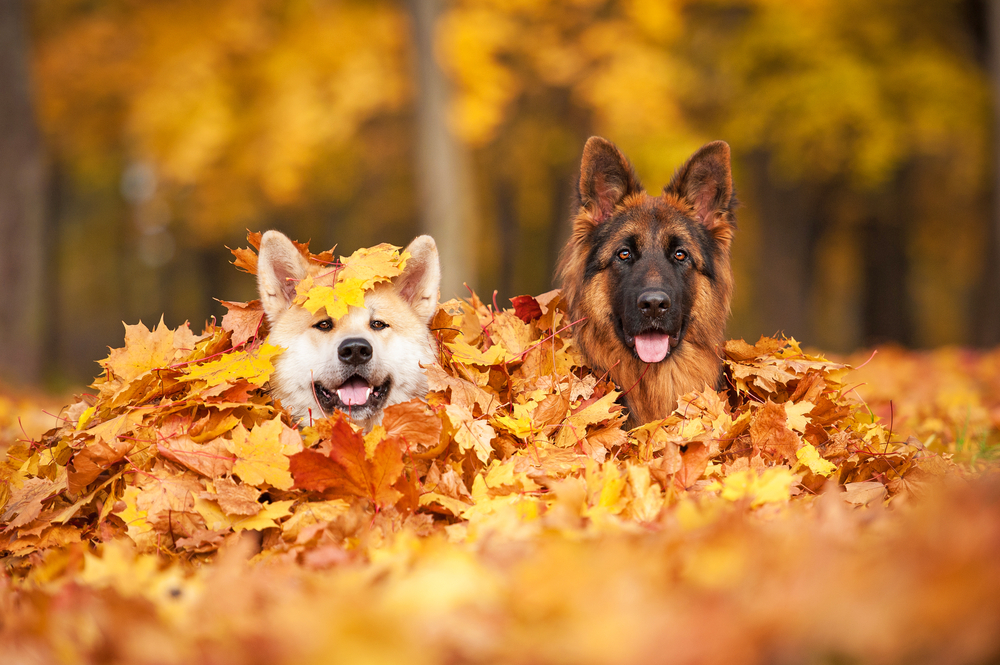Bat Spirit Animal Meaning
Bat As Your Totem Animal
If bat is your power animal, know that he will take you on a journey that may seem outlandish, but he will never leave your side. Know that bat does not accept half-hearted attempts at self improvement. He requires commitment and can be challenging, but the rewards are profound. Once you have bat as your power animal, he will not leave your side. He will remain at your side as a faithful and forever friend helping you find your true highest potential and maintaining it.
Bat As A Symbol of Rebirth & Renewal
Bat serves as a reminder to let go of our ego so that we may pursue our spiritual growth, and renew thoughts and beliefs on a regular basis. He helps us with inner work, loving our enemy in the way you love yourself and nurturing personal growth in all of its forms. Bat brings gifts of insight, renewal and increased perceptive skills. Trust your intuition and instincts. He will help you discern the hidden meanings in the words of others. You will be able to hear what is not being said.
If Bat Swoops Into Your Dreams
Bat visiting your dreams has several meanings. It can represent uncleanness, personal demons and annoyances. Bats in dreams also represent rebirth and unrealized potential. It is time to let go of old habits that are holding you back from reaching your full potential. Bat is trying to let you know that the path you are currently traveling is not in your best interest. It is not helping you grow or obtain new goals. It is possible that you are entering a situation blindly. It is a good idea to take some time to evaluate the facts more carefully before accepting a deal or entering into this situation.
If you see a white bat in you dream, this can signify the death of a family member. To see a black bat suggests a personal disaster. If you dream of a vampire bat, this implies that you are feeling your energy drained or something is making you lose your confidence. According to Chinese folklore, seeing five bats in a dream is symbolism for good health, happiness, longevity, peace, and wealth.









